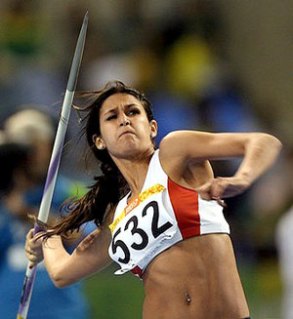Fun Facts About Twitter
(accurate as of November 28, 2011)
-
Twitter was created in March 2006 by Jack Dorsey and launched in July of that year.
- Twitter’s origins lie in a “day long brainstorming session” that was held by board members of the podcasting company Odeo. While sitting in a park on a children’s slide and eating Mexican food, Dorsey introduced the idea of an individual using an SMS service to communicate with a small group.
- The first Twitter prototype was used as an internal service for Odeo employees and the full version was introduced publicly on July 15, 2006
- The original project code name for the service was ‘twttr‘, an idea that co-Founder Evan Williams later ascribed to Noah Glass, inspired by the name of the social media image website ‘Flickr’ and the five-character length of American SMS short codes.
- Jack Dorsey sent the first tweet on March 21 2006, “just setting up my twttr”.
- The team finally settled on the name ‘twitter‘, which means ‘chirps from birds’ in essence ‘a short burst of inconsequential information’
-
Twitter was incorporated in April 2007; it was co-founded by Biz Stone, Evan Williams and Jack Dorsey – @biz, @ev and @jack.
- It had 400,000 tweets posted per quarter in 2007
- The tipping point for Twitter’s popularity was the 2007 South by Southwest (SXSW) festival. During the event, Twitter usage increased from 20,000 tweets per day to 60,000.
- The hashtag (#) feature on Twitter which groups tweets by subject debuted in August 2007, proposed by a user.
- In 2008 there were only 3 million registered users
- In 2008 there were only 1.25 million tweets per day
- Jan 2008 there were only 8 employees
- In 2009 Twitter had 8 million registered users
 In October 2009, Google and Microsoft began integrating tweets into their search products.
In October 2009, Google and Microsoft began integrating tweets into their search products.- In March 2010 the average number of tweets people sent per week was 350 million.
- 25 billion tweets sent on Twitter in 2010
- 100 million new accounts added on Twitter in 2010
- In 2011 there are now over 400 employees and Twitter is adding workers almost weekly.
- As of March 2011, there were an estimated 225 million users
- Twitter has more than 200 million users tweeting more than 140 million tweets a day.
- 75% of Twitter traffic comes from third-party applications
- 60% of all tweets come from third-party apps
-
There are over 100,000 Twitter applications
- Last year alone, Twitter users sent 25 billion tweets and the company added more than 100 million new registered accounts.
- 3 years, 2 months and 1 day…the time it took from the first tweet to the billionth tweet.
- It now takes one week for users to send a billion Tweets.
- 140 million is the average number of tweets people sent per day in February 2011
- 177 million tweets sent on March 11, 2011.
- When Michael Jackson died on June 25, 2009 there were 456 tweets per second (TPS)…a record at that time.
- The current TPS record is 6,939 tweets per second set 4 seconds after midnight in Japan on New Year’s Day
- Pop star Lady Gaga (@ladygaga) has the most Twitter followers with 8.78 million followed by Justin Bieber (@justinbieber) with 8.13 million, Britney Spears (@britneyspears) with 7.12 million, Barack Obama (@barackobama) with 6.97 million and Kim Kardashian (@kimkardashian) with 6.73 million.
-
Actor Charlie Sheen (@charliesheen) was the fastest to one million followers, picking them up in just 1 day.
- Twitter is based in San Francisco, with additional employees in New York, Chicago, Los Angeles and Washington.
- The initial Twitter logo was created by Stone, a former graphic designer.
- A Forrester report revealed that “Twitterers are the connected of the connected, overindexing at all Social Media habits. For example, Twitterers are three times more likely to be Creators (people who create and share content via blog posts and YouTube) as the general US population” (source Forrester report “Who Flocks to Twitter”)
- 572,000 is the number of new accounts created in one day (March 12, 2011)
- 460,000 is the average number of new accounts per day created in February, 2011
- 182% is the increase in number of mobile users over the past year.
- The first unassisted off-Earth Twitter message was posted from the International Space Station by NASA astronaut T. J. Creamer on January 22, 2010
Special thanks to smedio.com and jeffbullas.com



























 The Mind of Adam J. Kovitz
The Mind of Adam J. Kovitz